Jam - small batch recipe anyone
lalithar
12 years ago
Related Stories

KITCHEN DESIGNKitchen Recipes: Secret Ingredients of 5 One-of-a-Kind Cooking Spaces
Learn what went into these cooks’ kitchens — and what comes out of them
Full Story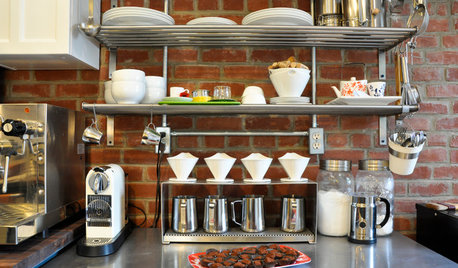
KITCHEN DESIGNSweet Ideas and a Truffle Recipe from a Chocolatier's Test Kitchen
A $2,100 budget didn't mean a half-baked kitchen redo; this confectioner just rolled up her sleeves and rolled out the improvements
Full Story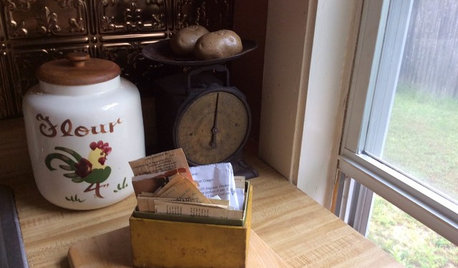
KITCHEN DESIGN5 Home Cooks Share Their Favorite Family Recipes
Peek inside the kitchens of these Houzz users and learn how to cook their time-tested, passed-down dishes
Full Story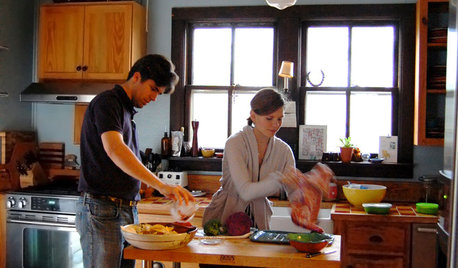
ENTERTAINING8 Stress-Busting Tips for Hosting Small Gatherings
Make entertaining easy with these ideas for casual get-togethers
Full Story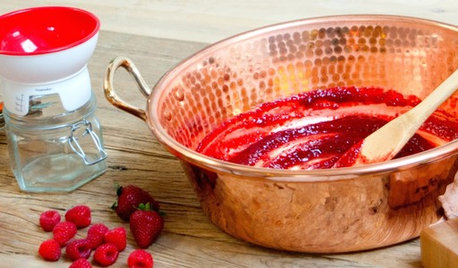
SHOP HOUZZHouzz Products: Save a Taste of Summer
Can't bear to part with the flavors of summer peaches, berries and tomatoes? Then jam on it!
Full Story
KITCHEN DESIGNHouzz Call: What’s Cooking in Your Kitchen?
Most of us turn to recipes, videos and culinary shows when we cook. Where do you set your cookbook, tablet or TV screen?
Full Story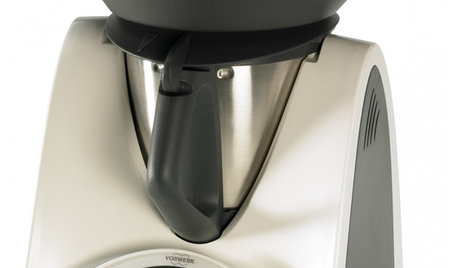
HOME TECH3 Kitchen Contraptions You Won’t Believe
Pizza hot from the printer, anyone? These cooking gadgets harness imagination and high tech — and have price tags to match
Full Story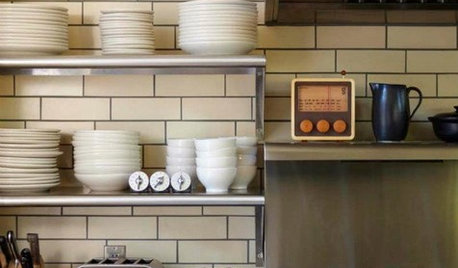
KITCHEN DESIGNCreate Your Own Checklist for a Well-Stocked Kitchen
Personalize the kitchen with your own must-haves from our list of top cooking tools, small appliances, pots, pans and more
Full Story
FARM YOUR YARDIf You Have Room for Only One Fruit Tree ...
Juice up a small garden with one of these easier-care or worth-the-effort fruit trees for a mild climate
Full Story
Houzz Gifts: 31 Finds for the Chef Who Has Everything
Delight serious cooks with the latest in kitchen gadgets, accessories, cookware and small appliances from Houzz
Full Story



teresa_nc7
Jasdip
Related Discussions
Strawberry-banana jam--Kraft/Certo recipe
Q
Favorite Recipe from the Small-Batch Preserving Cookbook?
Q
Can I reduce sugar amounts in jam recipe?
Q
Double batch of jam without pectin?
Q
susytwo
jude31
annie1992
centralcacyclist
lpinkmountain
centralcacyclist
lalitharOriginal Author
teresa_nc7
lpinkmountain
jomuir
lpinkmountain
lpinkmountain
annie1992
ritaweeda
lpinkmountain
annie1992
lalitharOriginal Author
jomuir
empress
lpinkmountain
teresa_nc7
Jasdip
lpinkmountain
annie1992
readinglady
KalamityKelli
annie1992
ritaweeda
dgkritch
annie1992
lsr2002
annie1992
cooksnsews
lalitharOriginal Author
lpinkmountain
annie1992
teresa_nc7